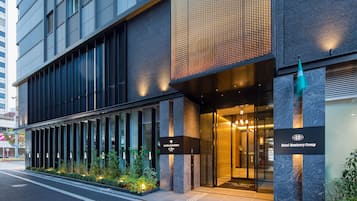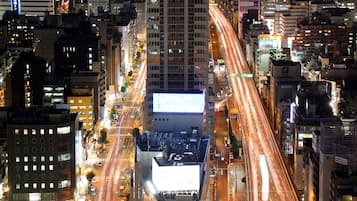
Nara
What you need to know before you go
Unterkünfte in Nara

APA Hotel & Resort Osaka Namba Ekimae Tower
APA Hotel & Resort Osaka Namba Ekimae Tower
9.0 von 10, (628)
Der Preis beträgt 86 €
für 1 Zimmer
inkl. Steuern & Gebühren
Plant eure Reise
Weiter erkunden
Leider wurde diese Seite noch nicht in Ihre Sprache übersetzt.













